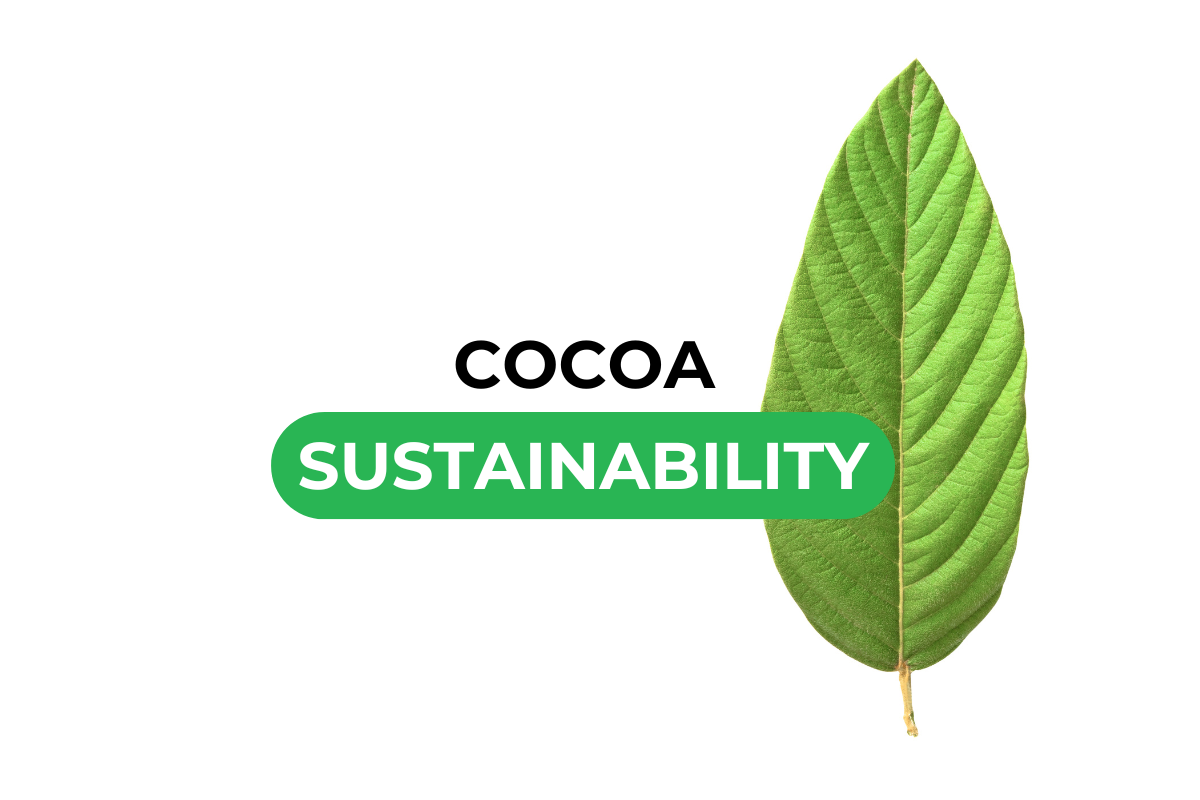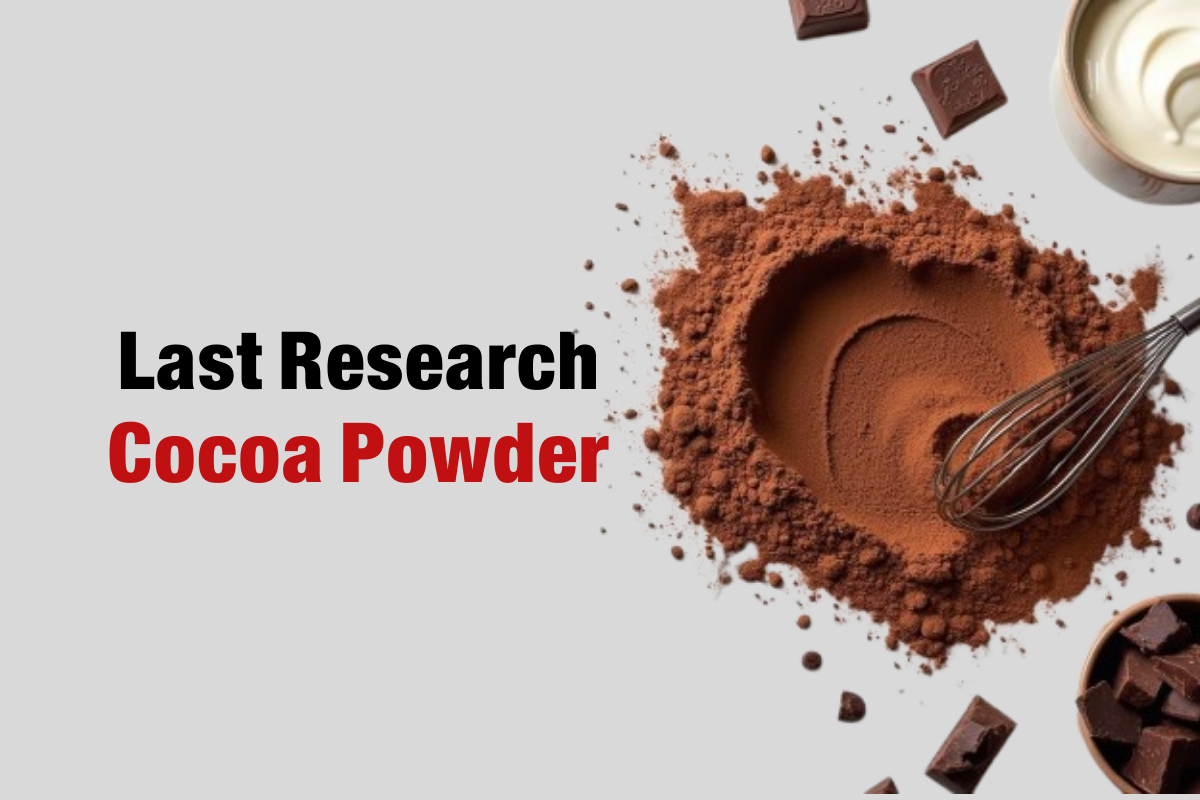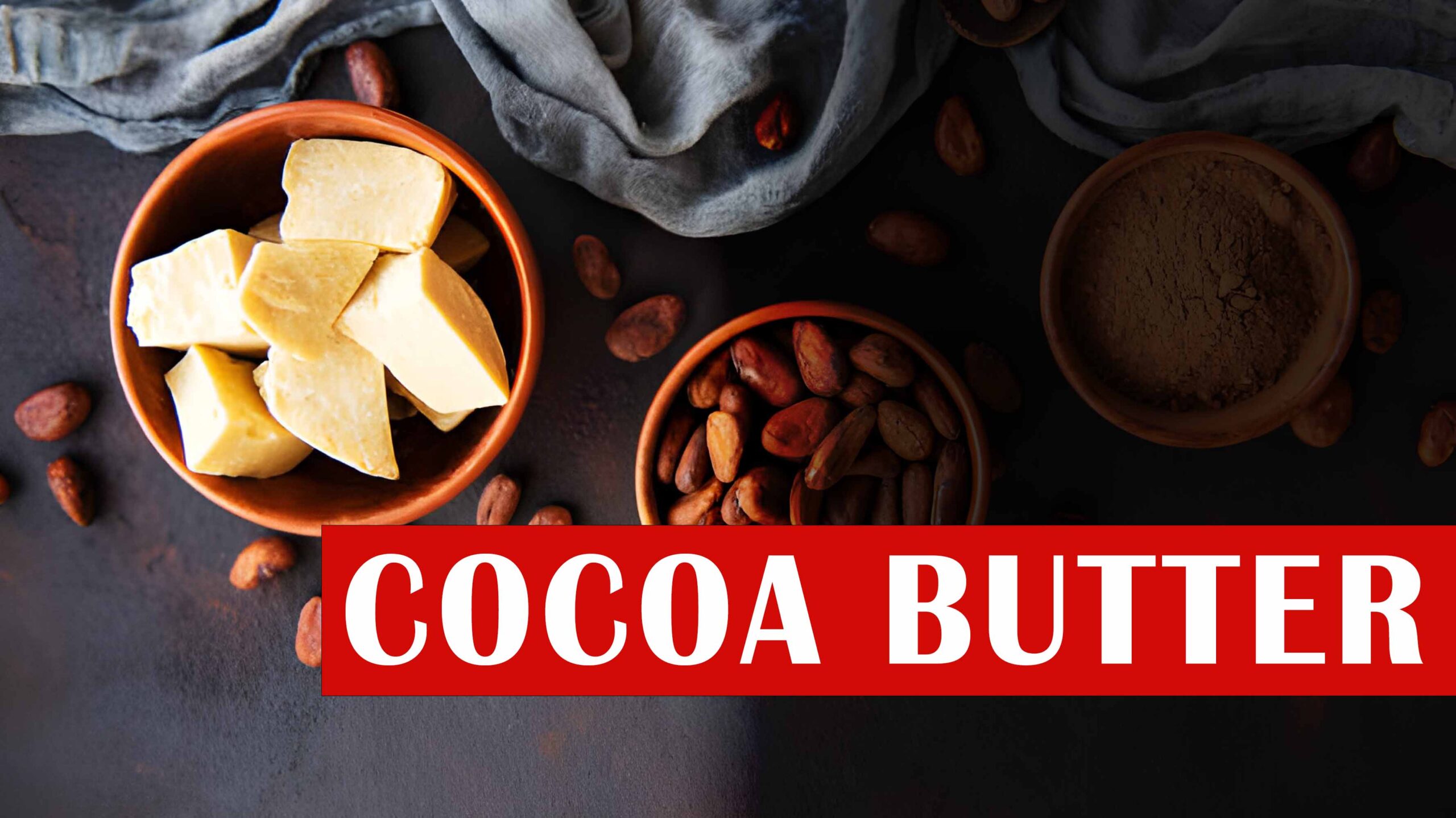The difference between Arabica and Robusta coffee
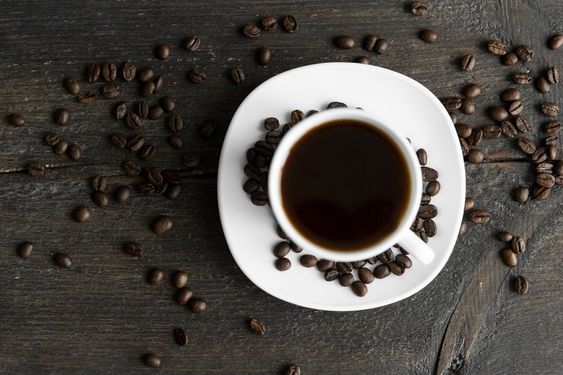
Study Guide
Arabica and Robusta coffee account for 95% of the world’s coffee production. Coffee, the most popular beverage for all moments across the globe, holds a unique place in daily life. Behind the scenes of coffee preparation, blending techniques, and countless flavors lie significant distinctions that set these two varieties apart.
The Physical Differences Between Arabica and Robusta Coffee Beans
The physical differences between Arabica and Robusta coffee beans are the first noticeable aspects that capture attention. While both are used in coffee production, Arabica and Robusta exhibit distinct characteristics that influence their flavor, caffeine content, and even processing methods. Arabica coffee beans are generally oval-shaped, flat, and have a smooth surface. In contrast, Robusta coffee beans appear rounder, more uneven, and slightly coarse in texture.
These differences stem from their genetic structure: Arabica is a more delicate plant with a haploid chromosome set, while Robusta is genetically more robust, possessing a diploid chromosome set.
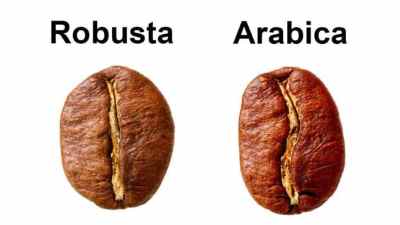
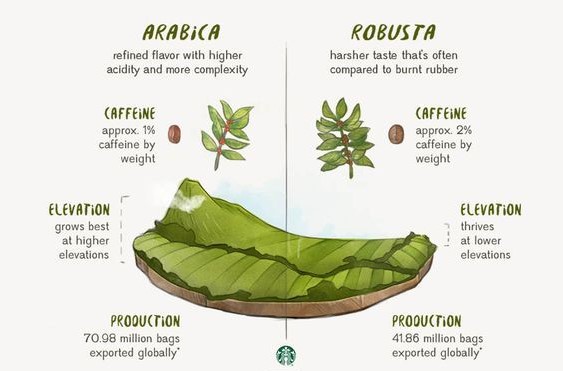
Genetic Differences Between Arabica and Robusta Coffee
The genetic differences between Arabica and Robusta coffee stem from their distinct growing environments. Arabica coffee thrives at higher altitudes (approximately 3,000 feet and above) with mild, subtropical climates. It often requires shade and specific soil conditions to flourish. This selective nature contributes to Arabica’s reputation as a premium coffee bean, often commanding a higher price.
In contrast, Robusta is a hardier plant. It can grow at lower altitudes and withstand harsher conditions, including higher temperatures and humidity levels. This adaptability makes it ideal for regions unsuitable for Arabica cultivation. Additionally, Robusta is more resistant to pests and diseases, making it a more reliable crop.
Differences in Flavor
The difference in flavor between Arabica and Robusta can be considered the most significant distinction between these two coffee beans. Arabica is renowned for its smooth and complex taste, offering a wide range of notes, from sweet and chocolaty to fruity and citrusy. Arabica beans often have a balanced acidity that enhances their brightness and pleasant aroma.
On the other hand, Robusta delivers a bolder flavor with a more pronounced bitterness. It can be described as earthy, nutty, and even slightly harsh. While some find this bitterness undesirable, others appreciate its intensity. Additionally, Robusta contains a higher oil content, which contributes to creating a strong crema (the frothy layer on top of espresso) when brewed under pressure.
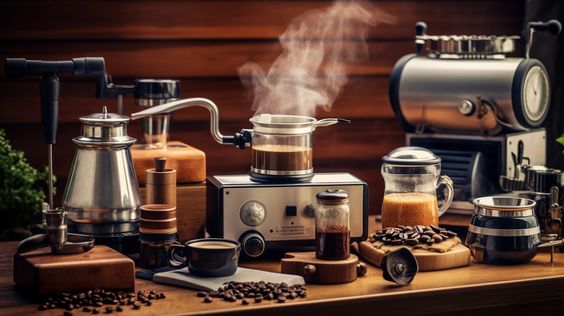

Differences in Caffeine Content Between Arabica and Robusta
Coffee is synonymous with caffeine, and in this regard, the difference between Arabica and Robusta becomes evident. Robusta contains nearly twice the caffeine content of Arabica. This higher caffeine level serves as a natural defense mechanism against leaf borers and other pests.
However, the way these beans deliver their caffeine also differs. Arabica releases caffeine more slowly and steadily, resulting in a more sustained alertness. In contrast, Robusta’s higher caffeine content provides a quicker, yet shorter-lived energy boost. This distinction can be significant for coffee drinkers seeking a specific effect.
Differences in the Roasting Process
The roasting process significantly impacts the final flavor profiles of Arabica and Robusta beans. Lighter roasts highlight the inherent characteristics of the coffee beans, while darker roasts create a more uniform and caramelized flavor.
Coffee blends often combine Arabica and Robusta beans to achieve a desired taste. Arabica contributes smooth and complex flavors, while Robusta adds bitterness and intensity. The specific ratio of Arabica to Robusta varies depending on the intended outcome. Specialty coffees typically focus on single-origin, high-quality Arabica beans, whereas instant coffees and strong espresso blends may include Robusta for its boldness and cost-effectiveness.
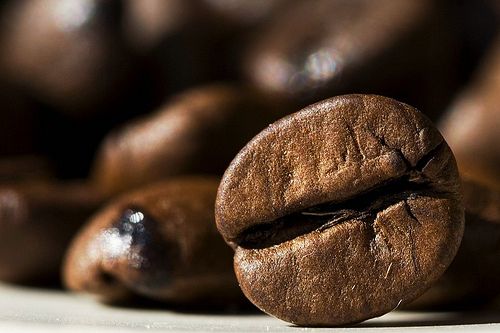

The Final Choice
Arabica or Robusta Coffee?
Ultimately, the choice between Arabica and Robusta coffee comes down to personal preference. Arabica is ideal for those who enjoy a smooth and refined coffee experience, while Robusta appeals to individuals who prefer a bolder cup with intense flavors. Additionally, factors such as brewing method and desired caffeine levels can influence the final decision.
For newcomers to the world of coffee, exploring both types is an excellent way to discover preferred flavors. Arabica’s smooth profile makes it a great entry point, while Robusta can be enjoyed on its own or in blends that balance its bitterness.
Whether you are a seasoned expert or a curious newcomer to the world of coffee, understanding the differences between Arabica and Robusta empowers you to make informed choices and embark on a deeper exploration of the fascinating world of coffee.
Frequently Asked Questions aboutDifferences Between Arabica and Robusta Coffee
Arabica coffee has a mild, sweet, and fruity taste with higher acidity, while Robusta coffee offers a stronger, bitter, and earthy flavor.
Robusta coffee contains nearly double the caffeine of Arabica coffee, making it a better choice for those seeking an energy boost.
Arabica coffee is more expensive due to its more complex cultivation process, the need for specific climatic conditions, and its higher demand in the market.

